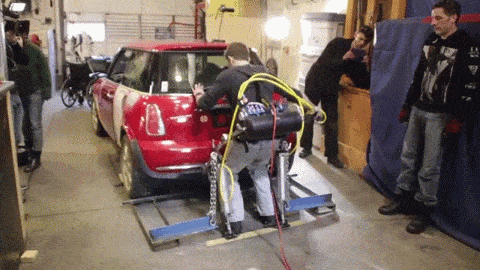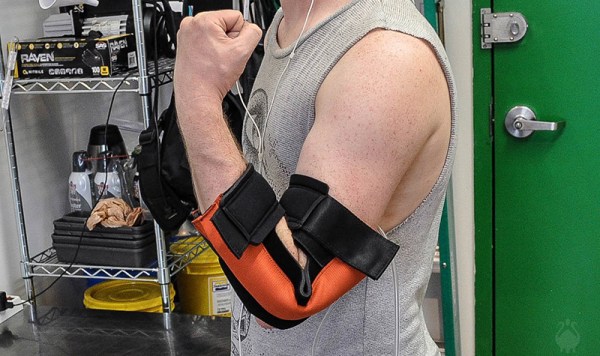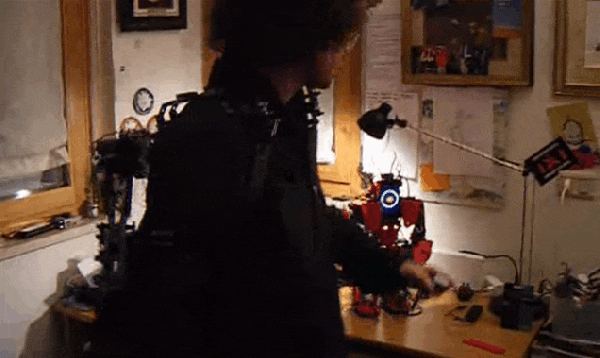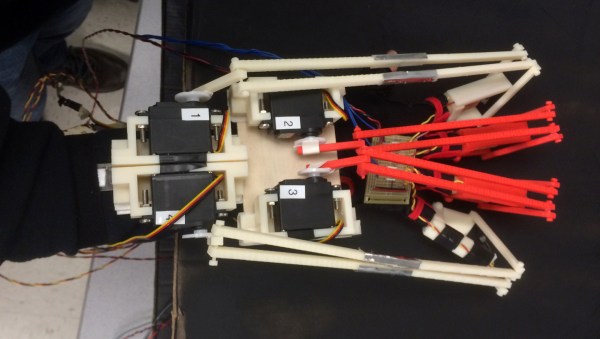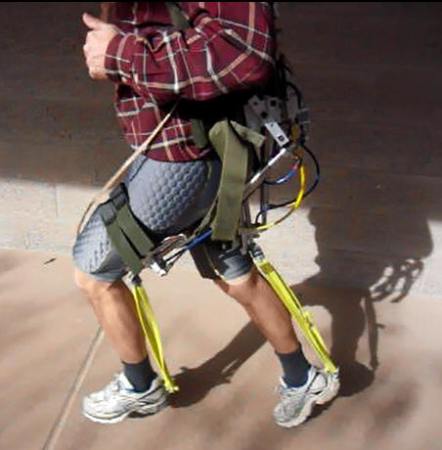As some of you may or may not know, I’m interested in everything exoskeleton related. I’ve been messing around with my own designs for the past year or so, and just this past weekend, tested out the latest lower body design. There are a lot of boring (and some would say safe) ways to test this. But that’s no fun. For my test I used the lower-half of the exoskeleton to pick up a Mini Cooper.
 You might remember my original upper-body design which was something I threw together in my garage as a proof of concept. It worked well for what it was, and surprisingly, took the internet by storm — amassing over a million views in a single week for a video of me curling 170lbs in my backyard. The fire had started — I knew I had to make something better. And that was the beginning of my quest to build a full-body powered exoskeleton.
You might remember my original upper-body design which was something I threw together in my garage as a proof of concept. It worked well for what it was, and surprisingly, took the internet by storm — amassing over a million views in a single week for a video of me curling 170lbs in my backyard. The fire had started — I knew I had to make something better. And that was the beginning of my quest to build a full-body powered exoskeleton.
The biggest problem with the original was a lack of back support — it didn’t matter how much weight I could lift, it was still my feeble human skeleton taking the weight. So it was time to go back to the drawing board, and start the design from the ground up. Continue reading “Homemade Exoskeleton Lifts Mini Cooper With Ease”

